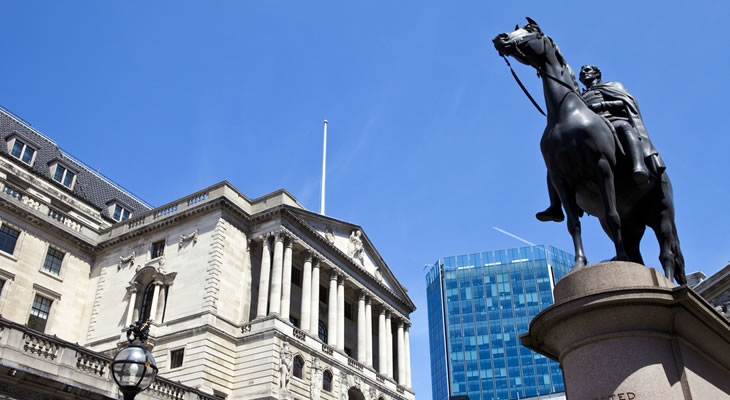Pound to Australian Dollar Exchange Rate Rebounds from Lows but Remains Much Lower This Week
Concerning news for the UK economic outlook has weighed heavily on the Pound to Australian Dollar (GBP/AUD) exchange rate this week, causing the pair to fall despite low risk-sentiment making investors hesitant to buy the Australian Dollar (AUD).
After opening this week at the level of 1.8171, GBP/AUD briefly climbed before spending the latter half of the week tumbling.
During Friday’s Asian session GBP/AUD touched on a low of 1.7968 – its lowest level since mid-March. The pair rebounded slightly during the European session however, as trade uncertainties weighed on the risky commodity-correlated Australian Dollar.
Demand for the Australian Dollar has been slightly weaker as the US and China have begun formal trade negotiations this week.
While investors are hopeful that negotiations will go well and both nations will avoid sparking a trade war, the possibility of further tensions or a trade war still weigh heavily on the ‘Aussie’.
Pound (GBP) Exchange Rate Support Weak as UK Economic Outlook Dulls
Friday was an uneventful end to a bearish week for Pound (GBP) trade. Investors spent the day digesting the week’s UK PMI results from Markit, which generally indicated that Britain’s economy was still not performing to expectations in April.
Perhaps the most disappointing report of the week was April’s services PMI. The figure was forecast to improve from 51.7 to 53.5, but only climbed to 52.8.
Analysts weren’t entirely impressed by the results and noted it indicated that Britain’s economy was running below trend, rather than simply seeing a blip caused by bad weather. According to Duncan Brock from the Chartered Institute of Procurement & Supply:
‘At first glance the services sector has pulled itself up by its bootstraps and recovered from the previous month’s weather-related blip, but with overall growth at the second weakest since September 2016 it’s a matter of too little too late.’
It followed a disappointing UK manufacturing PMI earlier in the week, which in turn had followed last week’s disappointing Q1 2018 growth projections for the nation.
While the Pound recovered from its worst levels at the end of the week, this was more due to Australian Dollar weakness than any recovery in Sterling trade.
Australian Dollar (AUD) Exchange Rate Slips on Trade Jitters
After a few days of stronger performance in Australian Dollar trade, the ‘Aussie’ slipped from its best levels against the Pound on Friday.
As the second day of trade negotiations between the US and China got underway, investors became more jittery that the nations may not be able to reach agreements on some major trade differences and could even spark a trade war.
China is Australia’s biggest trade partner and US trade is also vital to Australia, which is an export heavy nation. As a result, investors have been hesitant to keep buying the Australian Dollar despite recent solid Australian data.
Thursday saw the publication of Australia’s March trade surplus results, which were surprisingly optimistic. Thanks to stronger than expected imports and exports in March, Australia’s trade surplus came in at a much higher than forecast A$1.53b.
Australia’s April services PMI from AiG and March building permits results were solid too. March’s building permits beat 1% forecasts by rising from -4.2% to 2.6%.
Pound to Australian Dollar (GBP/AUD) Forecast: Bank of England (BoE) Decision in Focus
While there won’t be as much major UK or Australian data due for publication throughout next week, Pound to Australian Dollar (GBP/AUD) exchange rate traders are likely to focus on the Bank of England (BoE) instead.
The Bank of England is not expected to hike UK interest rates any more, following disappointing inflation and growth data as well as underwhelming April PMIs indicating that Britain’s economy was running much slower than expected.
Investors will still be keeping a close eye on the bank’s outlook however. If the bank hints that one or two interest rate hikes are still possible later in the year, this could boost the Pound outlook notably.
On the other hand, if the bank hints that its rate hike outlook has been set back significantly by the recent UK data, the Pound outlook will remain low and Sterling could continue to see weak trade even against weak rivals.
Of course, any particularly optimistic Brexit developments could help support the Pound too.
The Australian Dollar will continue to be influenced by US-China trade developments, but multiple ecostats could inspire the ‘Aussie’ next week too.
Australian business confidence and construction data will be published on Monday, followed by retail sales on Tuesday and consumer confidence on Wednesday.


Comments are closed.